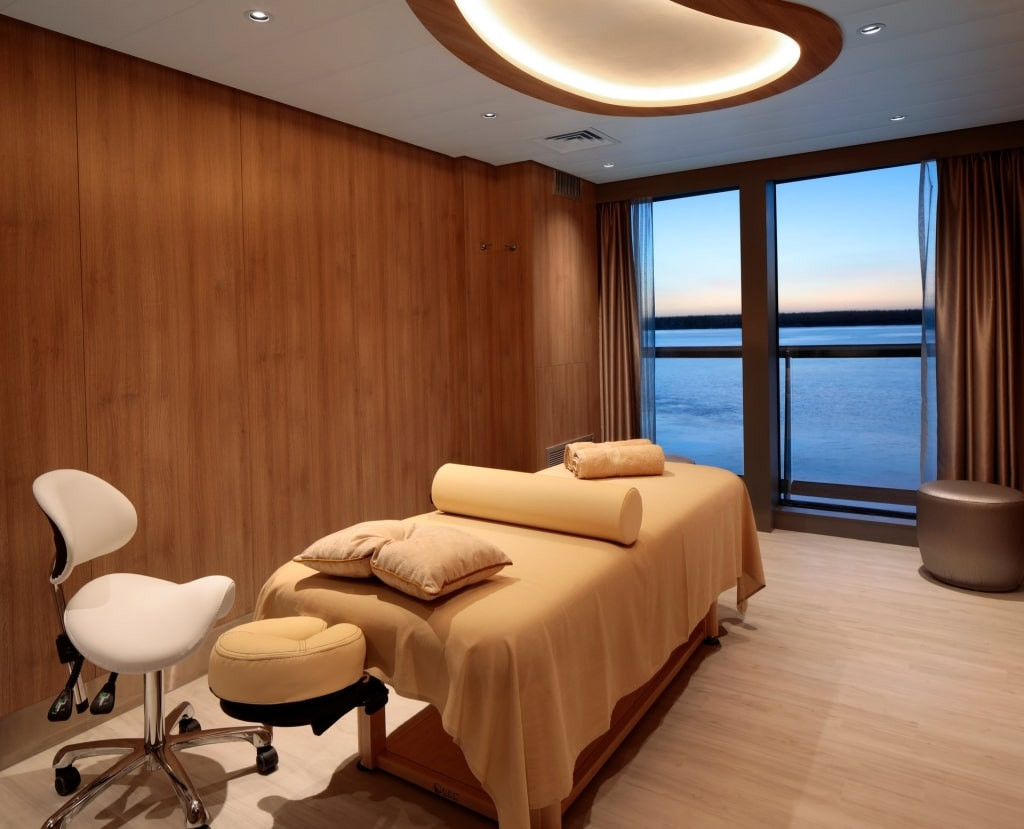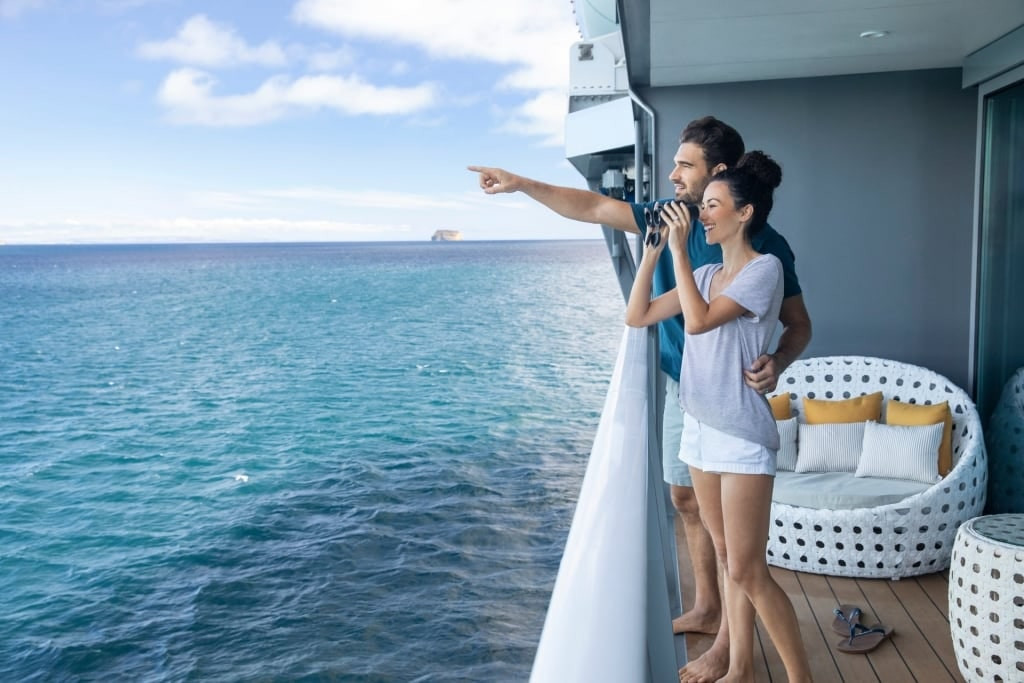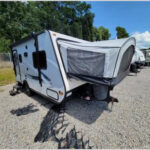Cruise travel offers incredible experiences, from breathtaking ocean views to exotic destinations. However, for some, the gentle sway of the ship can bring about an unwelcome guest: Cruise Travel Sickness, also known as seasickness. Understanding and preparing for potential motion sickness can make all the difference in ensuring a smooth and enjoyable voyage. Fortunately, there are several effective strategies and remedies to help you prevent and manage cruise travel sickness, allowing you to focus on making lasting memories.
Prioritize Rest to Minimize Seasickness
One often overlooked yet crucial factor in preventing seasickness is adequate rest. Just as exhaustion can weaken your immune system, it can also heighten your susceptibility to motion sickness. When you are tired, your body is less able to cope with the sensory conflict that triggers seasickness. Ensuring you are well-rested before and during your cruise can significantly reduce your chances of experiencing discomfort. Aim for quality sleep each night leading up to your departure and maintain a consistent sleep schedule while onboard. A rested body is better equipped to handle the motion of the ship and adapt to the maritime environment.
Medications and Natural Remedies for Cruise Seasickness
 Woman packing first aid kit in her luggage
Woman packing first aid kit in her luggage
Being proactive is key when it comes to cruise travel sickness. If you are prone to motion sickness, or even if you’re unsure how you’ll react, preparing with remedies is a wise step. A range of options is available, from over-the-counter medications to natural solutions, and even prescription treatments. It’s always best to pack your chosen seasickness remedy in your carry-on luggage for easy access. Timing is also important; some medications are most effective when taken a few hours before you board the ship, allowing them to start working before you even set sail.
For those seeking a prescription-strength option, the transdermal scopolamine patch is a popular choice. If your doctor prescribes this patch, ensure you apply it as directed, typically at least four hours before embarkation. These patches are effective for approximately three days, so for longer cruises, remember to pack enough replacements to last the duration of your trip.
Even if you happen to forget your seasickness medication, don’t worry. Cruise ships are well-prepared for such situations. Guest relations desks onboard usually stock tablets to help combat seasickness, readily available for passengers who need them.
 Close up view of ginger including powdered and candies form
Close up view of ginger including powdered and candies form
Beyond conventional medications, numerous natural remedies can effectively alleviate seasickness symptoms. Ginger is a time-tested natural remedy, available in various forms such as pills, candies, and even ginger ale. Keeping ginger handy and consuming it at the first sign of nausea can be incredibly helpful. Peppermint is another soothing natural option. Sucking on peppermint candies or inhaling peppermint oil can also help settle your stomach and reduce feelings of seasickness.
Acupressure and Acupuncture for Motion Sickness Relief
 Celebrity Edge spa bed on a cruise with glass wall for relaxing sea view
Celebrity Edge spa bed on a cruise with glass wall for relaxing sea view
For a drug-free approach to managing cruise travel sickness, consider acupressure. Wearing an acupressure wristband is a simple and natural method to alleviate nausea. These bands work by applying pressure to the P6 or Nei-Kuan acupressure point on your inner wrist, which is believed to help reduce nausea and vomiting.
If you’re interested in exploring pressure-point therapy further, acupuncture is another excellent option. Many cruise ships feature onboard spas that offer acupuncture services. Trained acupuncture specialists can provide treatments to help relieve your motion sickness symptoms, allowing you to enjoy your cruise in comfort.
The Power of Fresh Air and Horizon Gazing
 Couple sightseeing with binoculars standing on Suite Veranda
Couple sightseeing with binoculars standing on Suite Veranda
When seasickness strikes, your initial instinct might be to retreat to your cabin. However, seeking fresh air can make a remarkable difference in how you feel. Even stepping out onto your cabin veranda for a few moments to breathe in the fresh sea air can provide relief. Focusing on the horizon is another highly effective technique. Find a point on the horizon line and keep your eyes fixed on it. This helps to re-synchronize your senses and reduce the conflicting signals that contribute to motion sickness.
For even greater benefit, make your way to the top deck of the cruise ship. The open air and expansive view of the horizon are ideal for combating seasickness. Breathing deeply and focusing on the stable horizon helps your mind and body regain equilibrium, often dramatically reducing your symptoms.
By combining these strategies – prioritizing rest, utilizing remedies, exploring acupressure, and embracing fresh air and horizon gazing – you can effectively manage and minimize cruise travel sickness. Don’t let the fear of seasickness dampen your cruise experience. With the right preparation and techniques, you can confidently set sail and fully enjoy the wonders of your cruise vacation.

